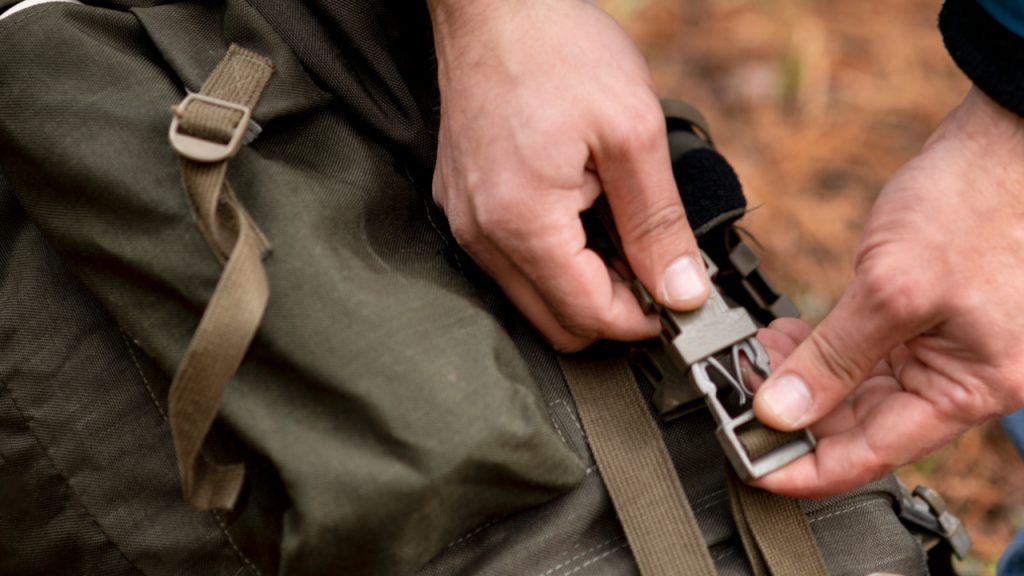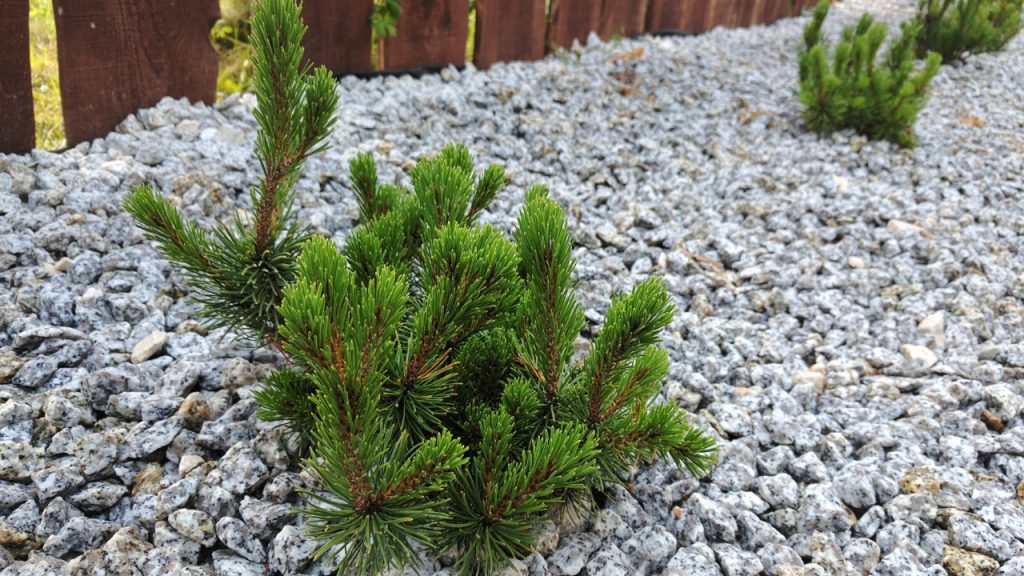Living near dry, wooded areas has taught me one crucial lesson—wildfires can move fast.
Living near dry, wooded areas has taught me one crucial lesson—wildfires can move fast. Sometimes all it takes is one gust of wind to turn a small blaze into a full-blown emergency. You can’t control where a fire goes, but you can control how ready your home is if one comes close. It’s not about panic—it’s about peace of mind.
Preparing for a wildfire isn’t just for folks living deep in the woods, either. More and more suburban areas are finding themselves in what’s called the Wildland Urban Interface—where neighborhoods meet forests and grasslands. That means we all need to be thinking ahead. The good news is, a lot of the best steps are simple and don’t cost much. Here’s what I recommend to anyone who wants to be wildfire-ready.
Create a Defensible Space Around Your Home
This is your first and best line of defense. A defensible space is a buffer zone where vegetation and flammable materials are cleared or spaced out. Aim for at least 30 feet of clearance around your home — more if you’re on a slope. Keep grass short, remove dead plants, and trim trees so their lowest branches are 6–10 feet off the ground.
Harden Your Home Against Embers

Flying embers cause most homes to catch fire — not big flames. Seal up roof gaps, vents, and eaves with metal mesh (1/8-inch or finer). Install ember-resistant vent covers, and make sure your roof is made of fire-resistant material like metal, clay tile, or asphalt shingles. Even small upgrades can make a big difference.
Clean Your Gutters and Roof
Dry leaves and pine needles are basically kindling just waiting for a spark. Clean your gutters and roof regularly during fire season. A stray ember landing in a clogged gutter can ignite a fire faster than you’d think. While you’re at it, check under decks and porches, too—those spots are often overlooked.
Move Flammable Items Away from the House
That cozy woodpile or plastic lawn chair? Move it at least 30 feet from any structure. Firewood, propane tanks, outdoor cushions, and even welcome mats can catch fire easily. Store them in fire-resistant bins or farther out in the yard. Think of your home as a bubble—keep the flammable stuff out of it.
Prepare an Emergency Go-Bag

If you ever need to evacuate quickly, a go-bag can save precious time. Pack essentials like water, snacks, copies of important documents, phone chargers, a flashlight, spare clothes, and basic first aid supplies. Don’t forget masks or respirators in case of heavy smoke. Store your bag somewhere easy to grab in a hurry.
Know Your Evacuation Routes
Fires can block roads fast, so it’s smart to know more than one way out. Talk with your family or housemates about where to go and how you’ll get there. Keep your gas tank at least half full during fire season. And if you have pets, have a plan to evacuate them too—with carriers and extra food ready.
Sign Up for Local Alerts
Most counties offer emergency text alerts or apps that tell you about evacuation orders, nearby fires, and weather updates. Sign up now—don’t wait for smoke in the air. These alerts can give you a head start when every minute counts. Also, follow your local fire department or emergency services on social media for real-time updates.
Use Fire-Resistant Landscaping

Swap out flammable plants like juniper, pine, or eucalyptus for fire-resistant ones like lavender, rockrose, or succulents. Use gravel or stone instead of bark mulch near the house. Space out shrubs and trees so they don’t create a ladder for flames to climb. This kind of landscaping looks good and works hard.
Make a Family Communication Plan
Wildfires can move so fast that families can get separated in all the confusion. Set up a simple plan: who to call, where to meet, and how to check in. Choose someone out of town as a contact point in case local cell networks go down. Write it all down and make sure everyone knows the plan cold.
Practice Fire Drills
It might feel silly, but walking through a home fire drill helps everyone stay calm if the real thing happens. Know how to open windows, unlock gates, and shut off gas lines if needed. Time how long it takes to get everyone and everything out. The more you practice, the less scary it is when it counts.
Peace of Mind Starts with Preparation

Taking these steps doesn’t mean you’re living in fear — it means you’re living with confidence. Wildfires are unpredictable, but your response doesn’t have to be. A little effort now can save a lot of heartache later. Whether you’re in a high-risk area or just nearby, being prepared gives you more control and more peace of mind. Keep learning, keep checking in with your space, and remember: being ready is one of the kindest things you can do for yourself, your loved ones, and your home.
Ellen Reed lives where the road ends and the quiet begins. Her work tends to the tender space between solitude and connection, loss and joy, seed and harvest.
She's an author and journalist. When she's not in her garden, she's drinking tea and playing with her puppy.


